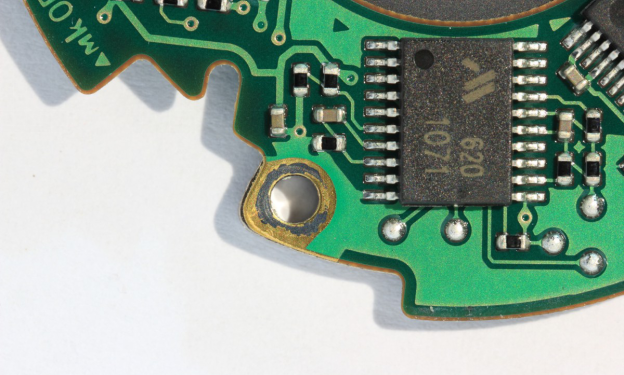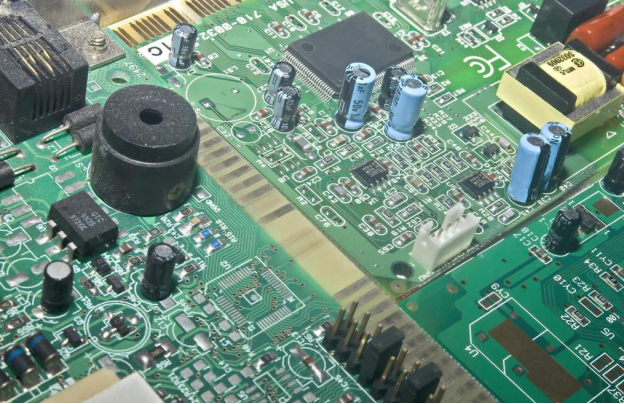Contrary to popular belief, the printed circuit board is not impervious to the dangers of excessive heating. While it’s true that modern PCBs can perform satisfactorily at elevated temperatures, they do have their breaking point.
Today, we’ll be taking a closer look into how Printed Circuit Boards are affected by heat so that we can come up with creative ways to combat this threat. Here’s how heat harms PCBs.

Heat Generation and PCB Design:
Heat generation has a profound impact on the design and manufacturing of Printed Circuit Boards. Not only does it adversely affect the performance and the reliability of the PCB, but it also affects other important factors like:1. The size of the PCB
2. The power rating of the PCB
3. The cost of manufacturing
4. The applications that a PCB can reliably function in
Tackling the Heat Generation Problem:
By far the most important characteristic to consider when using a PCB in a high temperature environment is its glass transition temperature (Tg). As the name suggests, this is the temperature at which the polymer or resin becomes hard and brittle (just like glass).While there’s no hard and fast rule governing which resins should be used for which applications, there’s a general rule that can be applied to this peculiar scenario. Generally speaking, if you expect the application’s temperature to rise to 130° (or more), you should use resins that boast a high glass transition temperature.
Depending on the temperature constraints, the following resins can be used in high temperature applications,
1. Shengyi S 1000 2
2. ARLON 85 N
3. ISOLA IS 410
4. ISOLA IS 420
5. ITEQ IT 190 A
Heat Dissipation in Printed Circuit Boards:
There are three ways heat can be dissipated, namely;1. Radiation (emission of heat energy in the form of electromagnetic waves or radiation)
2. Convection (emission of heat energy to a fluid)
3. Conduction (emission of heat energy due to direct contact with a hot body)
In the case of Printed Circuit Boards, we see most heat energy being dissipated either via radiation or convection. As such, we must devise clever tactics to minimize these two threats so as to ensure a PCB can be used in a high temperature situation.
This is usually achieved by connecting the Printed Circuit Board to a heat sink. Confused? Allow us to elaborate. It’s a well-known fact that heat is transferred from a hot body to a cold body until both bodies achieve the same temperature.

In this case, the Printed Circuit Board is at an elevated temperature. Therefore, if we can connect it to a heat sink (a colder body), we can safely regulate the transfer of heat from the PCB to the heat sink and mitigate the dangers of unchecked heat dissipation! This makes a PCB suitable for high temperature applications.
Where to Buy High-Temperature PCBs?
If you want to buy high temperature PCBs then we at Topscom PCB Assembly team would love to help! We’re one of the top electronic assembly companies in the world and can easily create SMT PCBs custom tailored to your needs and specifications.Pick up the phone and get in touch with us for top-notch electrical and electronic solutions.


